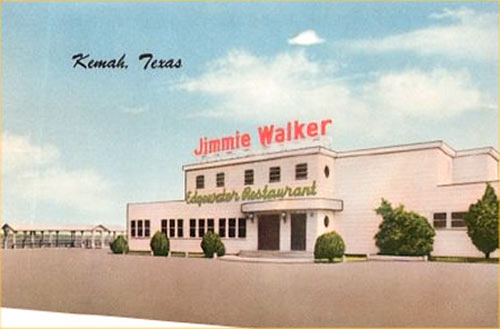
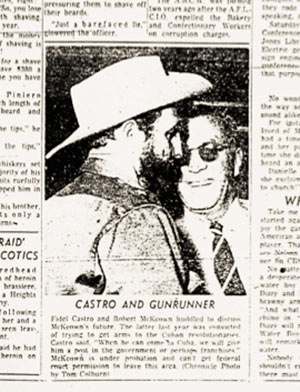
With the U.S.-Cuba cold war finally melting away, it’s as good a time as ever to point out a few key sites from Fidel Castro’s trip to the area, and those associated with Houston’s Robert Ray McKeown, the machinist-turned-international businessman-turned-peripheral figure to the JFK assassination. McKeown was also Castro’s best buddy on Galveston Bay, and a man who claimed to have met Lee Oswald in San Leon and sipped beer with Jack Ruby at Jimmie Walker’s Edgewater Restaurant in Kemah.
The story begins in Houston in 1950. McKeown, then 39, was a machinist with his own shop in Pasadena. One day his ship came in: an inventor approached him with a plan for a machine that could clean coffee better than any other before it. McKeown built the machine, and apparently several more, and the two men went into business. McKeown trolled the coffee ports of Latin America for sales, which eventually lead to him moving to Santiago, Cuba during the administration of president Carlos PrÃo Socarrás, who would become a friend.



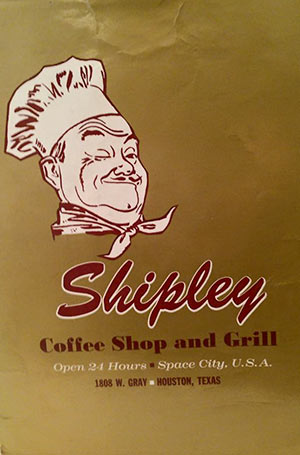
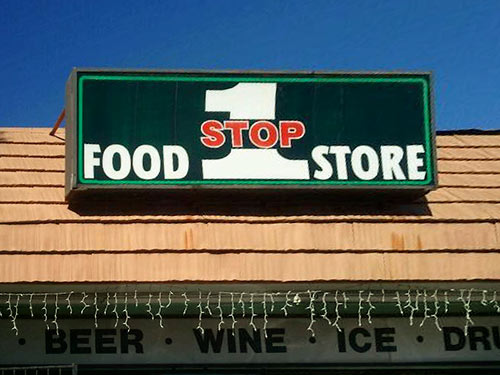
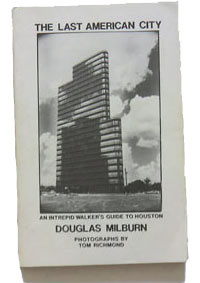
 Â Houston Arts Alliance’sÂ
 Houston Arts Alliance’s  “If the Pilgrims had landed on the Island of Doom (Cabeza de Vaca’s name for Galveston) the Karankawas may well have simply eaten them. So the first Thanksgiving would consist of long pig festooned with buckle hats.” [
“If the Pilgrims had landed on the Island of Doom (Cabeza de Vaca’s name for Galveston) the Karankawas may well have simply eaten them. So the first Thanksgiving would consist of long pig festooned with buckle hats.” [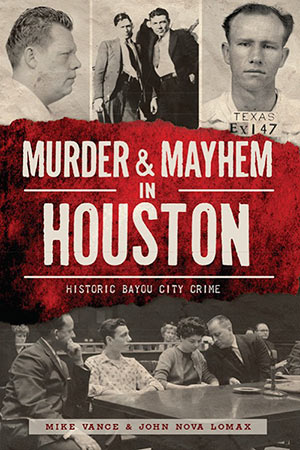 “Houston and New Orleans stand alone as the creepiest cities on the Gulf Coast,” declare Mike Vance and John Nova Lomax. “With its pervasive voodoo ambience, sprawling cities of the dead, air of genteel decay and long history of murder and mayhem, New Orleans is undeniably a spooky town. Fright is a cottage industry there. Having said that, Houston is not far behind. Houstonians just don’t celebrate death and the past the way New Orleanians do.”
“Houston and New Orleans stand alone as the creepiest cities on the Gulf Coast,” declare Mike Vance and John Nova Lomax. “With its pervasive voodoo ambience, sprawling cities of the dead, air of genteel decay and long history of murder and mayhem, New Orleans is undeniably a spooky town. Fright is a cottage industry there. Having said that, Houston is not far behind. Houstonians just don’t celebrate death and the past the way New Orleanians do.” 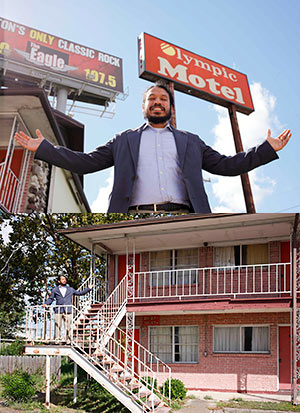 The account may be a tad more florid, but
The account may be a tad more florid, but 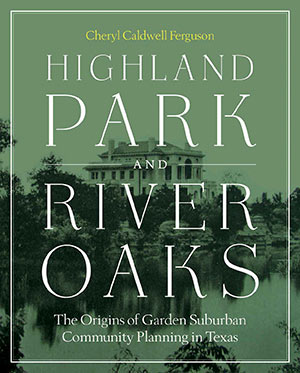 They each contain some of their city’s most expensive homes, and gave their name to classic (well, in one instance
They each contain some of their city’s most expensive homes, and gave their name to classic (well, in one instance 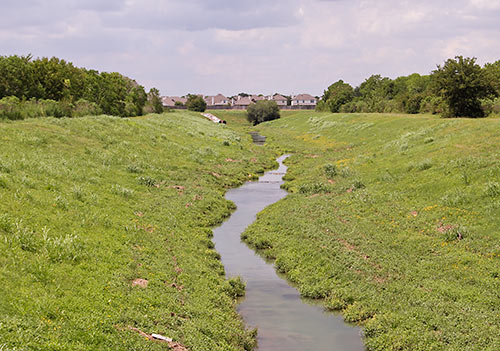
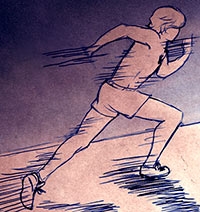 “Houstonians do not look back at the past. They are so intent upon running into the future at break-neck speed that any glance into the past could lead to a disastrous fall. I will have you know that they are running with scissors.” [
“Houstonians do not look back at the past. They are so intent upon running into the future at break-neck speed that any glance into the past could lead to a disastrous fall. I will have you know that they are running with scissors.” [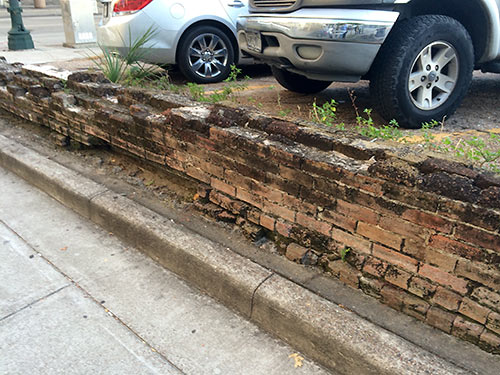
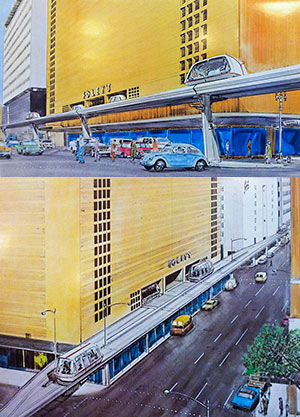 Digging into 40-some-year-old documents resting comfortably in the Houston Metropolitan Research Center at the Julia Ideson Library,
Digging into 40-some-year-old documents resting comfortably in the Houston Metropolitan Research Center at the Julia Ideson Library,  “Southern Pacific (not Union Pacific, as one writer claimed), demolished this station in 1959. Critics may blame Houstonians for failing to rally and save the building, but the fact is that the modern architectural preservation movement didn’t start until the early 1970s, and even my architecturally hip home town of Chicago let some classic beauties like Louis Sullivan’s Stock Exchange slip away before public sentiment for preservation began to build. The first downtown railroad-station preservation-restoration project did not take place until 1973, when the Southern Railway’s vacant Terminal Station in Chattanooga was transformed into a restaurant and hotel complex.
If anybody has any photos of the interior of the SP station in Houston I would like to examine them for a book I’m writing about what happened to each of the big downtown stations in North America. SP’s Houston Station was designed by Texas’s most celebrated architect, Wyatt C. Hedrick, who also designed the Shamrock Hotel, the T&P station in Fort Worth, and dozens of admired hotels, factories and commercial buildings. Photos of his T&P station are all over the Internet but SP demolished his Houston station before anyone had a chance to make any good photos.” [
“Southern Pacific (not Union Pacific, as one writer claimed), demolished this station in 1959. Critics may blame Houstonians for failing to rally and save the building, but the fact is that the modern architectural preservation movement didn’t start until the early 1970s, and even my architecturally hip home town of Chicago let some classic beauties like Louis Sullivan’s Stock Exchange slip away before public sentiment for preservation began to build. The first downtown railroad-station preservation-restoration project did not take place until 1973, when the Southern Railway’s vacant Terminal Station in Chattanooga was transformed into a restaurant and hotel complex.
If anybody has any photos of the interior of the SP station in Houston I would like to examine them for a book I’m writing about what happened to each of the big downtown stations in North America. SP’s Houston Station was designed by Texas’s most celebrated architect, Wyatt C. Hedrick, who also designed the Shamrock Hotel, the T&P station in Fort Worth, and dozens of admired hotels, factories and commercial buildings. Photos of his T&P station are all over the Internet but SP demolished his Houston station before anyone had a chance to make any good photos.” [ “Wow, I never knew there was a waste incinerator right in the Fourth Ward. Here’s a handy timeline:
Post-Civil War: Freed slaves construct their own neighborhood in the Fourth Ward.
1917: Camp Logan Race Riots are sparked off when a Houston
“Wow, I never knew there was a waste incinerator right in the Fourth Ward. Here’s a handy timeline:
Post-Civil War: Freed slaves construct their own neighborhood in the Fourth Ward.
1917: Camp Logan Race Riots are sparked off when a Houston